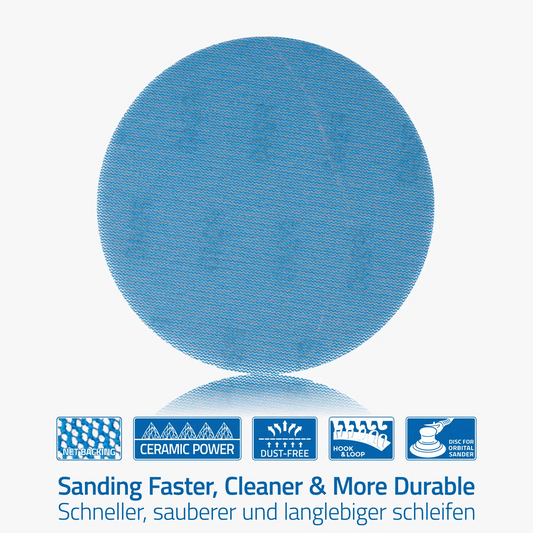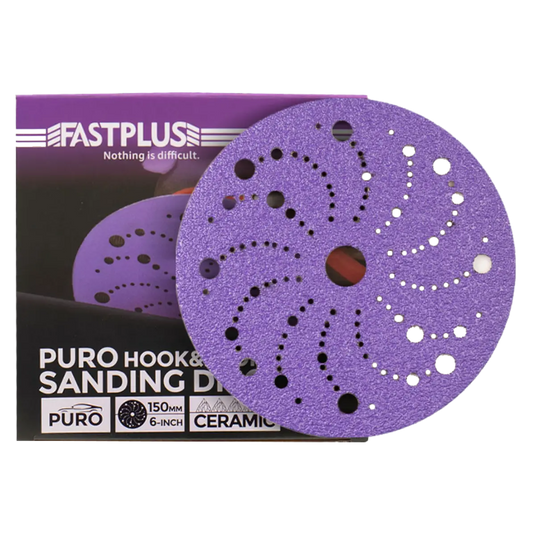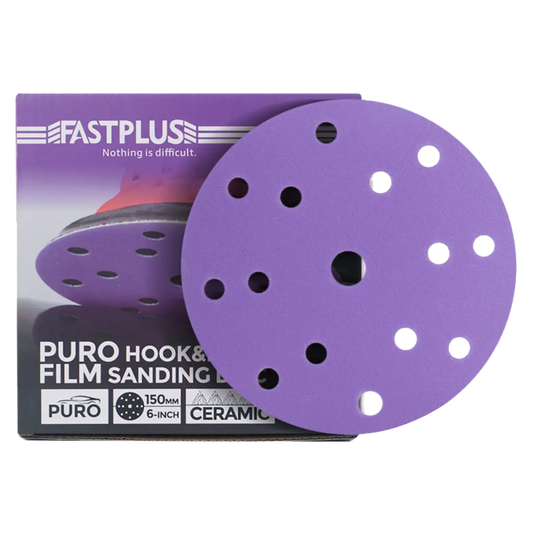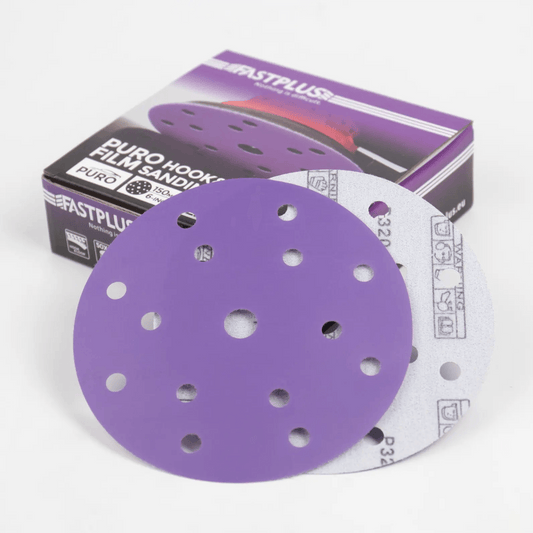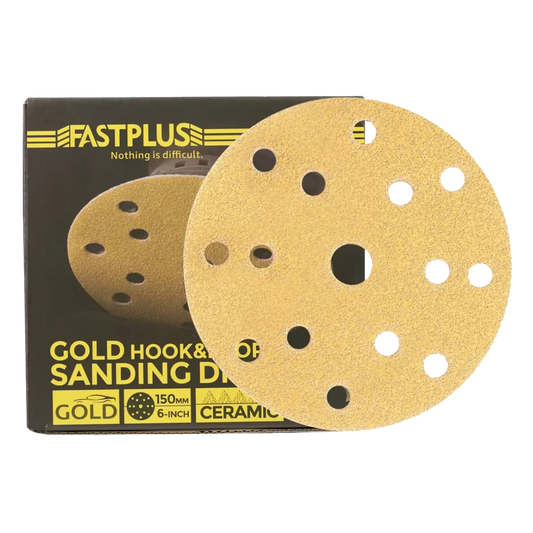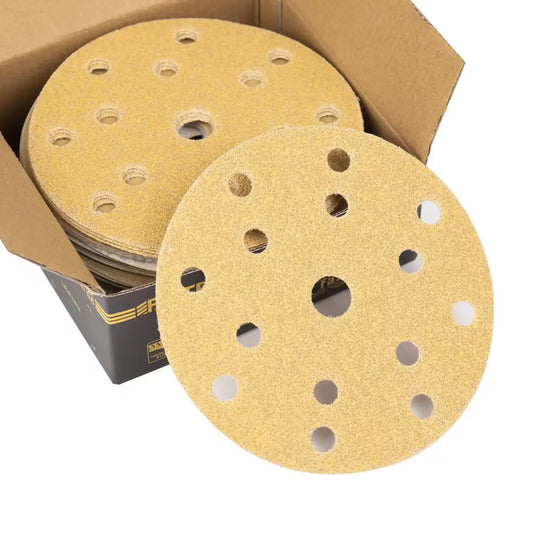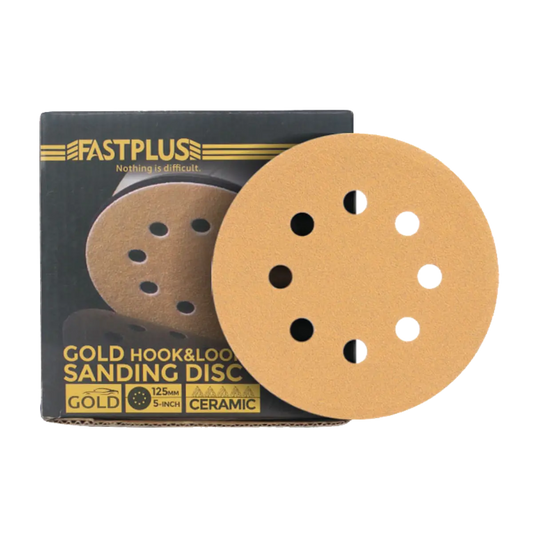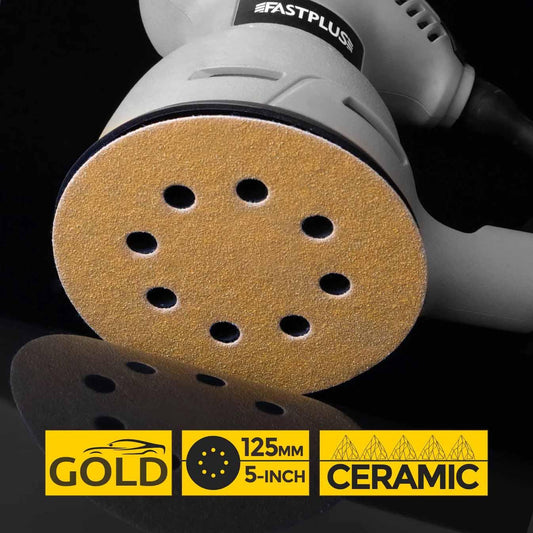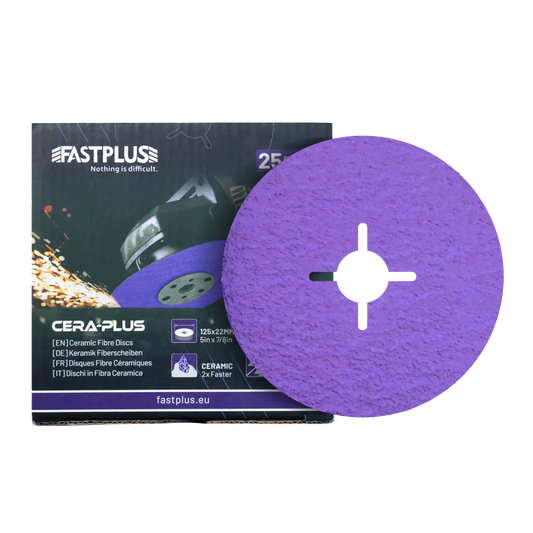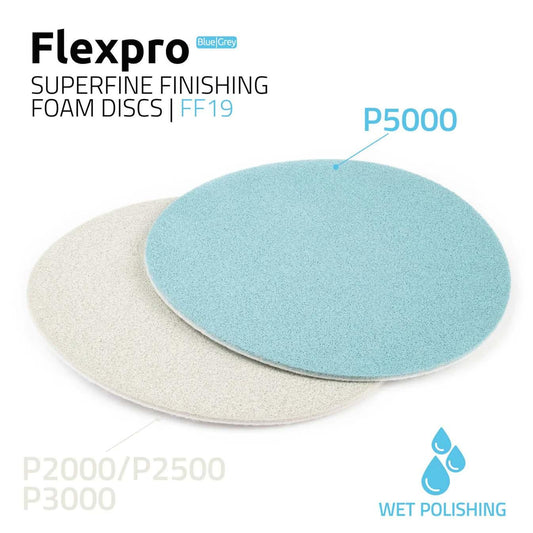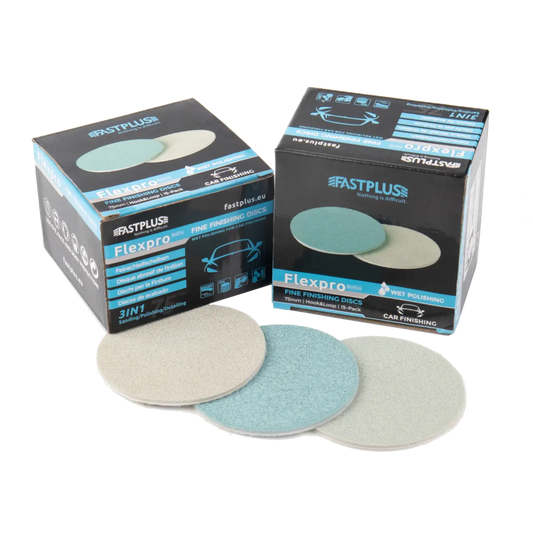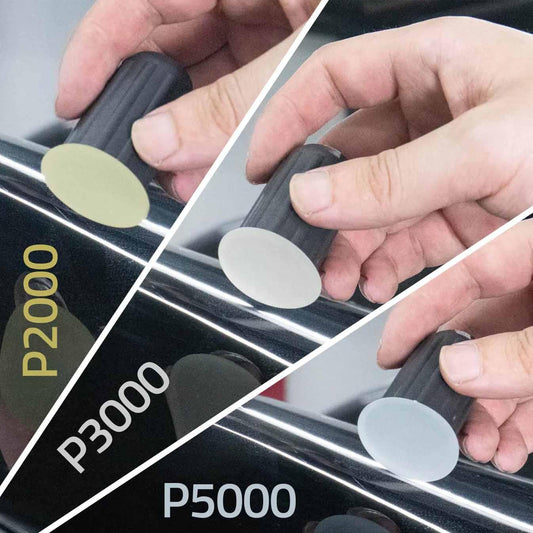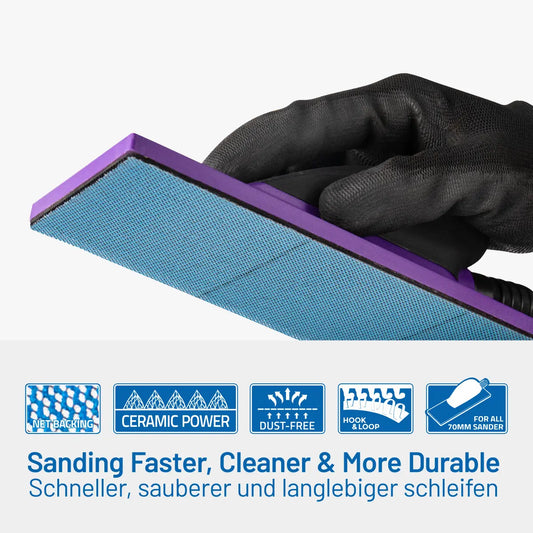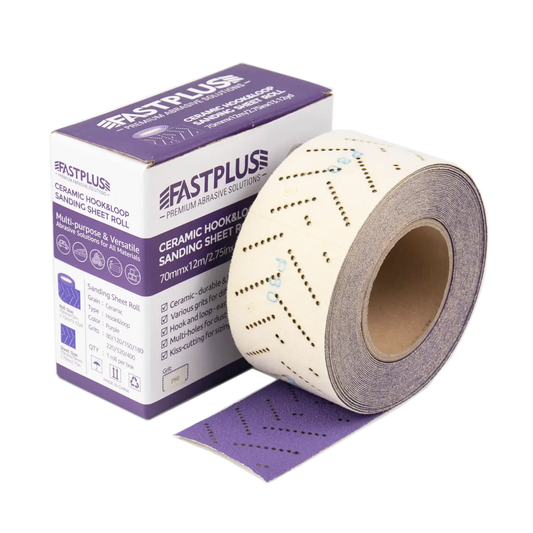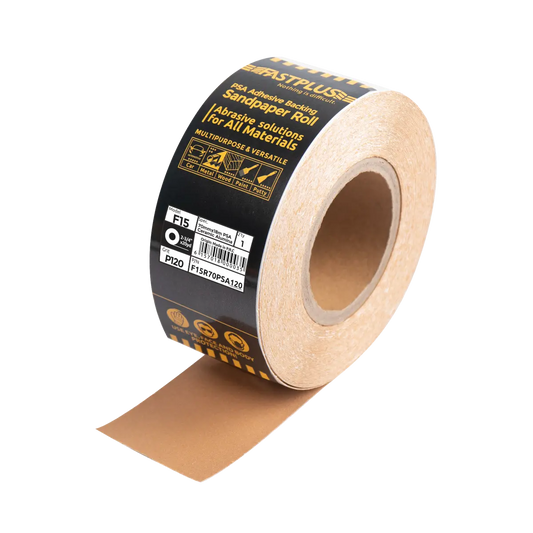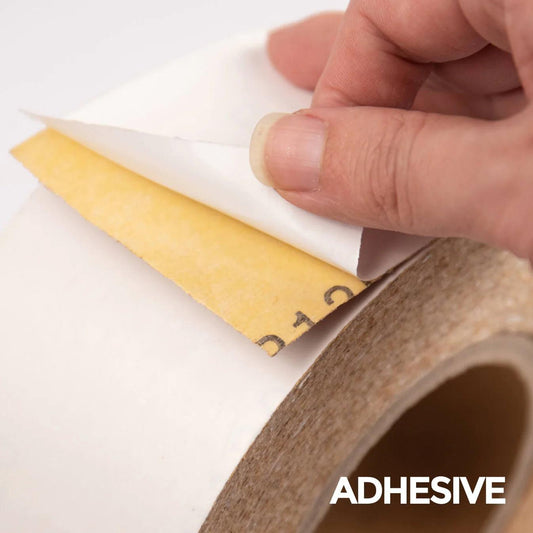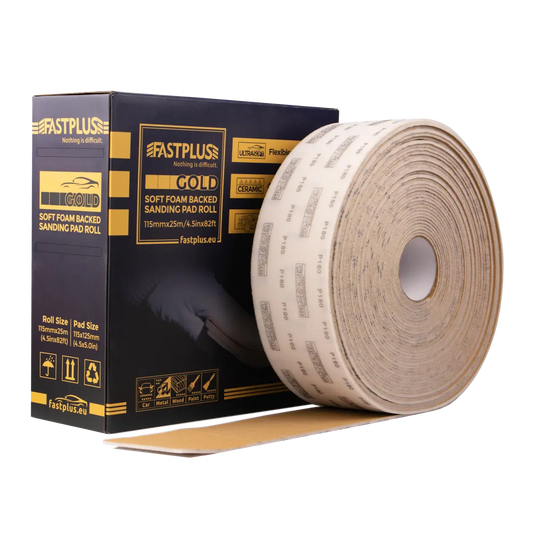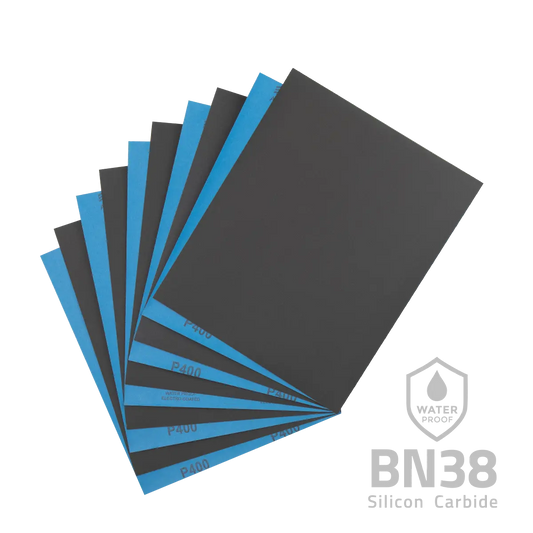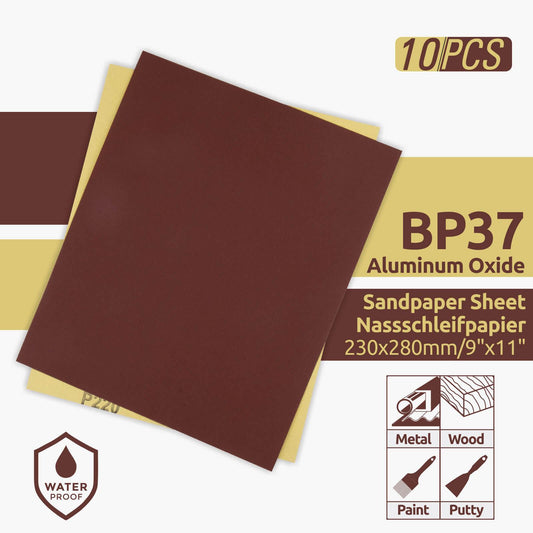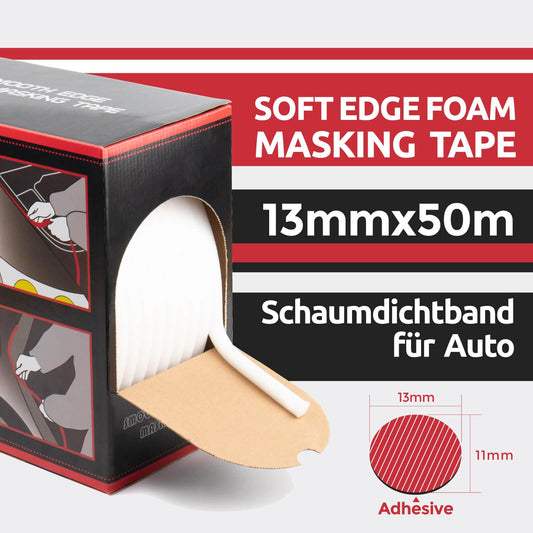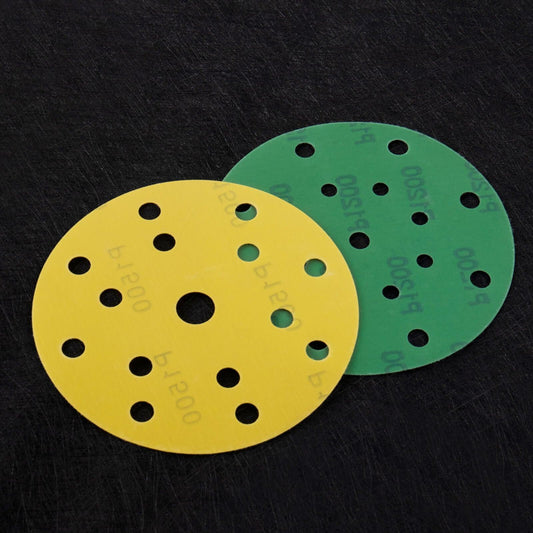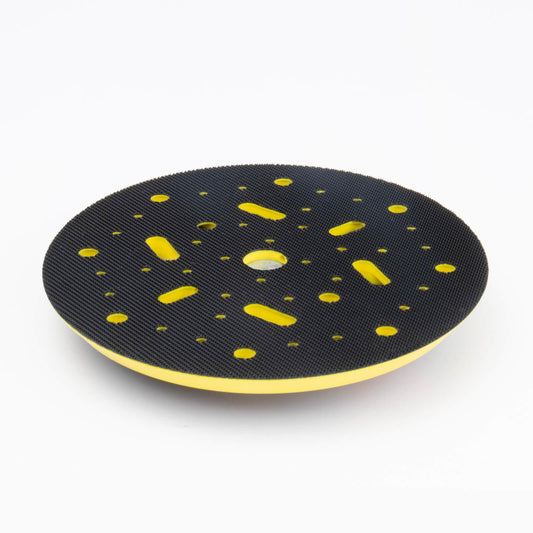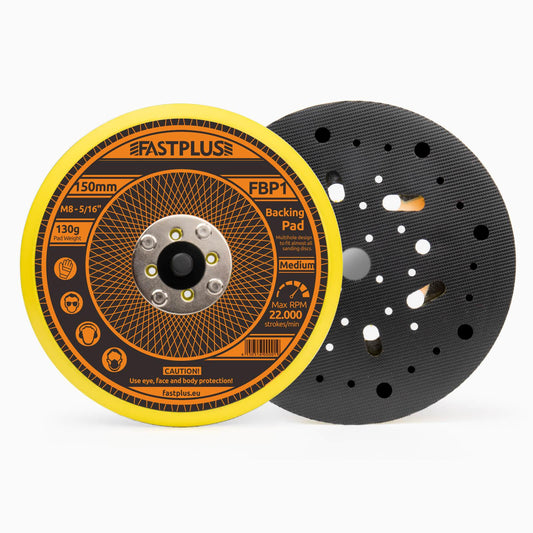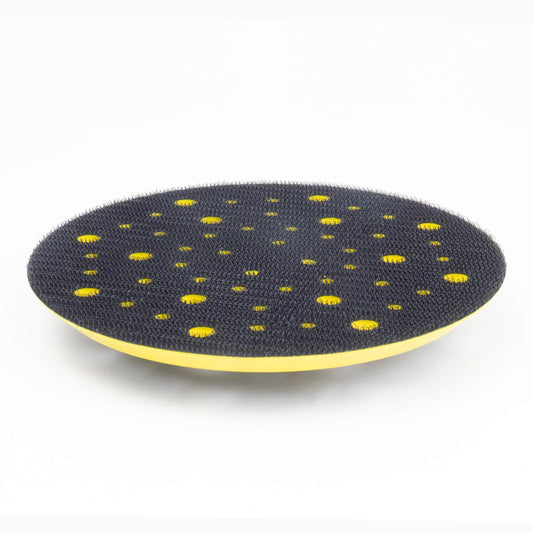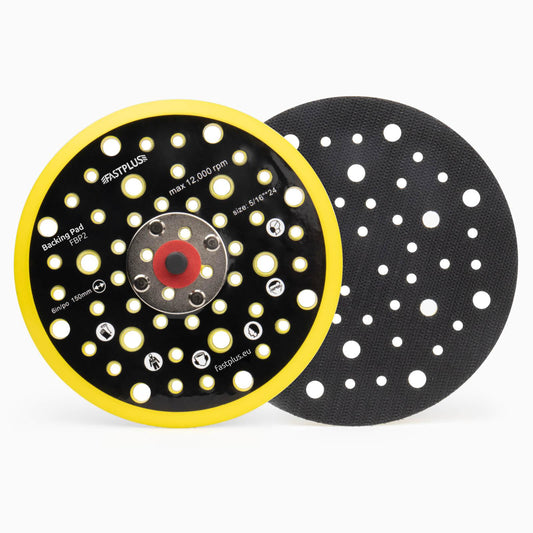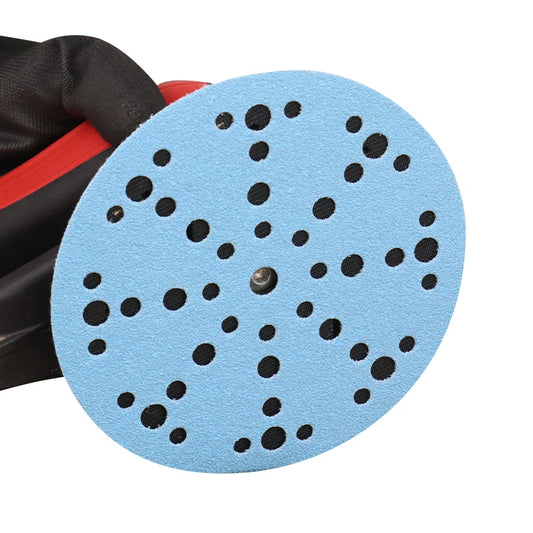
How to Tell the Direction of Wood Grain for Sanding?
When sanding wood, understanding the direction of the wood grain is essential to achieve a smooth and flawless finish. Not only does it improve the quality of the sanding job, but it also helps prevent surface damage and ensures a better final result for your projects. In this guide, we’ll explore how to identify the direction of the wood grain and why it's so important for effective sanding.
What is Wood Grain?
Wood grain refers to the pattern formed by the natural growth rings in the wood. It can be seen on the surface of the wood as a series of lines or textures, and it varies between types of wood. These grain patterns can be straight, wavy, curly, or even interlocking, and each pattern affects the way the wood behaves when sanded or finished.

Understanding the direction of the grain is critical when sanding because sanding against the grain can cause scratches, tear-out, and an overall rougher finish. On the other hand, sanding with the grain helps maintain a clean surface, making the finishing process smoother and more effective.
Why Knowing the Wood Grain Direction Matters
Before you start sanding, it's essential to determine the direction of the wood grain for several reasons:
- Prevents Surface Damage: Sanding against the grain causes scratches that are difficult to remove, even after the sanding process is complete. The fibers of the wood can tear, leading to unsightly marks.
- Smoother Finish: Sanding in the direction of the grain provides a smoother, more uniform finish. It also allows you to achieve a better result when staining or applying a protective finish, as the stain will absorb more evenly.
- Saves Time: If you don't sand with the grain, you may end up needing to do more work to correct imperfections. By knowing the grain direction, you can avoid additional sanding steps.
- Enhances the Natural Beauty of Wood: Sanding with the grain helps enhance the natural appearance of the wood. It preserves the visual flow of the grain, which is especially important when working with high-end woods.
How to Identify the Direction of Wood Grain
There are several ways to determine the direction of the wood grain. Here are some simple and effective methods:
1. Visual Inspection
The most obvious way to determine the direction of the grain is by visually inspecting the surface of the wood. Wood grain is often visible as a series of lines or ridges that run along the length of the board. These lines can vary in color, texture, and pattern depending on the species of wood.
To tell the direction, look for the following features:
- Grain Lines: Look for the continuous lines or ridges that form as the wood grows. The grain lines will always point in the direction of the fibers.
- Rough vs. Smooth Texture: If the surface of the wood feels rough when you rub your fingers in one direction and smooth in the other, you're likely feeling the direction of the grain. The rough texture is the side with the grain, while the smooth side is against the grain.
2. The "End Grain" Test
Sometimes, identifying the grain direction on the surface can be tricky, especially with highly figured wood. In these cases, you can use the "end grain" test to determine the grain direction.
- End Grain Exposure: Examine the end of the wood board. The direction of the grain is often more visible at the ends of the wood. If the end of the board shows rings or lines, those lines will indicate the direction the grain runs.
- Light Reflection: Light can also help you detect the grain direction. When you move a light source across the surface of the wood, the grain will reflect light differently in different directions. The grain will reflect more light when viewed at a certain angle, which can help you identify the direction.
3. Use a Moisture Content Meter
In some cases, a moisture meter can help you determine the grain direction by measuring the moisture content of the wood. Since wood typically has a higher moisture content along the grain direction, you can use this tool to locate the grain direction. While this method is more technical, it can help you detect the grain if you’re working with very hard or dense wood.
4. The Fingernail Test
Another simple method to find the grain direction is to lightly drag your fingernail across the surface of the wood. You’ll feel more resistance if you're running your fingernail against the grain. If you’re going with the grain, the resistance will be less, and it will feel smoother.
When to Sand with the Grain
Once you’ve determined the grain direction, it’s time to begin sanding. Here’s a general rule: Always sand with the grain, not against it.

Sanding with the grain means that the abrasive particles on your sandpaper or sanding disc move in the same direction as the wood fibers. This allows you to remove imperfections and smooth the surface without damaging the wood. Here's how to do it properly:
- Start with a Coarse Grit: Begin sanding with a coarser grit to remove larger imperfections or old finish. Use a 60 to 80-grit sandpaper or sanding disc for this stage.
- Work Your Way to Finer Grits: As you move to finer grits, such as 120, 180, and finally 220, continue sanding with the grain. The goal is to remove any visible scratches left by the previous grit and prepare the wood for staining or finishing.
- Keep the Sanding Tool Moving: Avoid staying in one spot for too long, as this can lead to uneven sanding or excessive abrasion in one area. Keep your sanding tool or block moving along the wood in the direction of the grain.
- Check Frequently: Periodically stop and wipe the dust away to inspect your progress. Check for any remaining rough spots or visible scratches.
What Happens If You Sand Against the Grain?
While sanding against the grain can be tempting to quickly smooth out rough spots, it's important to avoid this practice. Here's why:
- Scratches and Marks: Sanding against the grain results in unsightly scratches that follow the grain, making them visible even after finishing. These marks can be very difficult to remove and may ruin the overall appearance of your wood surface.
- Uneven Finish: The finished product will often look uneven if you sand against the grain. Staining or painting over these scratch marks can highlight the imperfections, leaving your project looking unprofessional.
- Tear-Out: When sanding against the grain, the abrasive particles can pull at the fibers of the wood, causing them to tear out. This creates rough spots that can be challenging to fix and affect the overall integrity of the wood surface.
- Excessive Wear: Sanding against the grain can cause the sanding disc or paper to wear out faster, which means you'll have to replace the sandpaper more often. This increases the cost of your project and slows down the sanding process.
Special Considerations for Different Wood Types
- Softwoods (Pine, Cedar, Fir): These woods tend to have straight, easy-to-follow grain patterns, making it easier to identify the grain direction and sand accordingly. However, they can dent easily, so it's important to use finer grits as you move through the sanding process.
- Hardwoods (Oak, Maple, Cherry): Hardwood can be more challenging to sand due to its denser grain. It's essential to take your time and ensure you're sanding in the correct direction to avoid damaging the surface.
- Exotic Woods (Teak, Mahogany, Rosewood): Exotic woods can have highly figured, curly, or interlocking grains, which makes identifying the grain direction more difficult. It’s best to work with a keen eye and use techniques like the "end grain" test or light reflection.
Conclusion
Sanding with the grain is an essential step in achieving the best finish on wood. By understanding how to identify the grain direction and following proper sanding techniques, you can avoid common mistakes like scratching, tear-out, and an uneven finish. Taking the time to learn and practice these skills will lead to better results in your woodworking projects and ensure a high-quality, professional finish every time.

At FastPlus, we understand the importance of using the right tools for the job. That's why we offer a wide range of high-quality sandpaper, fiber discs, mesh sanding discs, and other finishing tools to help you achieve the perfect wood surface every time. Whether you're a DIY enthusiast or a professional, FastPlus provides the right solutions to elevate your projects. Keep your woodwork smooth and flawless with FastPlus products – the trusted choice for sanding and finishing needs!





